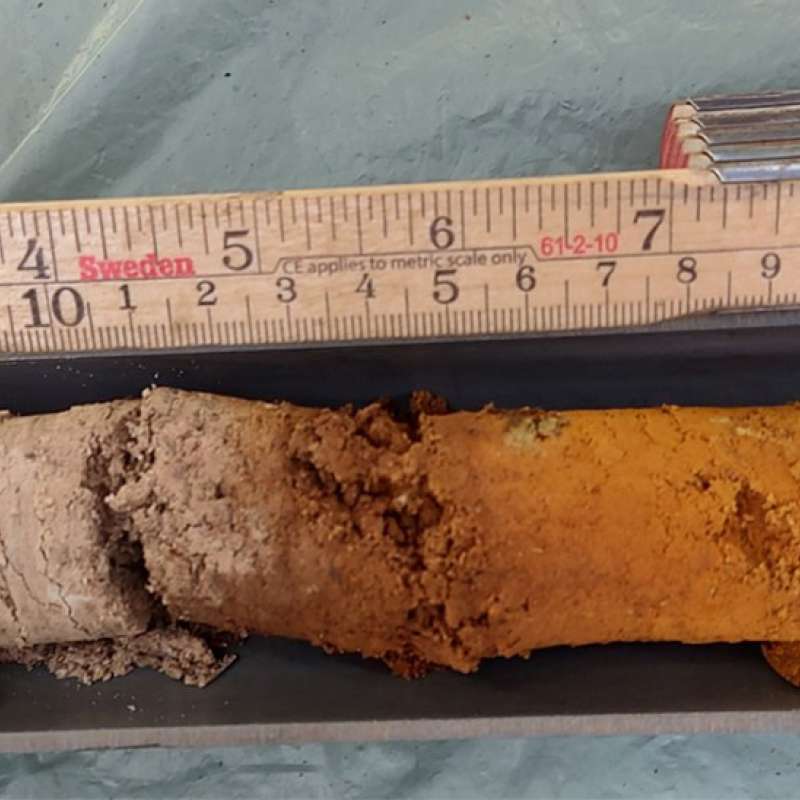Jogeir N. Stokland
Seniorforsker
Sammendrag
Det er ikke registrert sammendrag
Til dokument
Forfattere
Kjersti Holt Hanssen Viktor J. Bruckman Michael Gundale Aigars Indriksons Morten Ingerslev Marju Kaivapalu Dagnija Lazdina Kristaps Makovskis Adam O’Toole Katri Ots Marjo Palviainen Jogeir N. Stokland Iveta Varnagiryte-KabasinskieneSammendrag
Det er ikke registrert sammendrag
Sammendrag
Det er ikke registrert sammendrag

